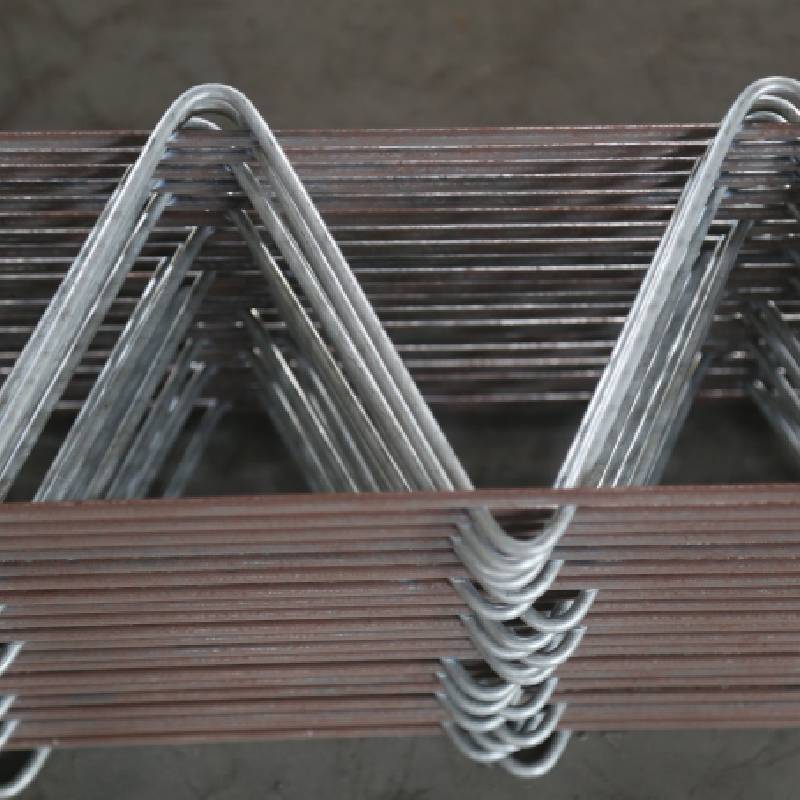
- Mobile Phone
- +8613931874955
- sales@cntcmetal.com
compression flat wire springs
Understanding Compression Flat Wire Springs
Compression flat wire springs are essential components utilized in various industrial applications due to their unique design and functionality. These springs are made from flat wire, which offers several advantages compared to traditional round wire springs. In this article, we will explore the characteristics, benefits, manufacturing processes, and applications of compression flat wire springs.
Characteristics of Compression Flat Wire Springs
Compression flat wire springs are specifically engineered to compress under load. Their flat wire design contributes to a higher surface area, which enhances the ability to withstand stress and distribute loads evenly. Depending on the manufacturing material, these springs can exhibit excellent fatigue resistance, making them durable and reliable in demanding environments.
The design and form of compression flat wire springs can vary significantly based on their intended use. They are typically characterized by their thickness, width, and length, as well as the specific coil formation. These variations enable engineers to customize springs to meet specific requirements in terms of load capacity, deflection limits, and tension characteristics.
Benefits of Compression Flat Wire Springs
One of the primary benefits of compression flat wire springs is their ability to maintain a consistent force over a wide range of deflections. This characteristic is crucial in applications where precise load requirements are necessary. The flat design allows for a more efficient use of material, which can lead to cost savings in manufacturing.
Another notable advantage is the ease with which flat wire springs can be assembled into mechanisms. They can be easily integrated into a variety of devices and systems, providing reliable performance without complex installation. This ease of assembly not only enhances productivity but also reduces labor costs associated with the installation process.
Additionally, compression flat wire springs can offer a lower profile compared to their round counterparts
. This low profile is particularly beneficial in applications where space is limited, allowing designers greater flexibility in their configurations.compression flat wire springs

Manufacturing Processes
The production of compression flat wire springs typically involves precision machining and forming techniques. The raw flat wire material can be subjected to processes such as coiling, heat treatment, and surface finishing. Advanced technology, such as computer numerical control (CNC), allows for precise control over the dimensions and shape of the springs, ensuring high-quality output.
Heat treatment is another crucial process that enhances the mechanical properties of the springs. It improves the tensile strength and fatigue life, which are vital for maintaining performance in high-stress conditions. Surface finishing methods such as coating or plating can also be applied to improve corrosion resistance and overall durability.
Applications in Various Industries
Compression flat wire springs find applications across a wide range of industries. In the automotive sector, they are used in suspensions, seating mechanisms, and electronic components. In electronic devices, these springs can provide reliable contact forces, ensuring proper circuit functioning. The medical field also benefits from these springs, as they are integral in equipment like surgical instruments and patient monitoring devices.
Additionally, flat wire springs are prevalent in consumer products, industrial machinery, and aerospace applications. Their versatility and robustness make them a preferred choice for engineers seeking reliable spring solutions.
Conclusion
Compression flat wire springs are indispensable components that play a crucial role in many industries. Their unique design, coupled with various benefits such as durability, efficiency, and ease of integration, makes them ideal for a wide range of applications. As technology advances, the demand for these springs is likely to grow, further cementing their status as a vital element in modern engineering and manufacturing processes. Whether in automotive, electronics, or medical devices, compression flat wire springs continue to provide innovative solutions to complex engineering challenges.
share:
-
The Ultimate Solution for Display Needs: Wire Grid PanelsNewsMay.06,2025
-
The Ultimate Guide to Galvanized Steel WireNewsMay.06,2025
-
Iron Binding Wire: The Ideal Solution for Your NeedsNewsMay.06,2025
-
Explore the Strength and Versatility of Galvanized Welded Wire FabricNewsMay.06,2025
-
Discover the Durability and Versatility of PVC Galvanized WireNewsMay.06,2025
-
Discover Quality China Stainless Steel Wire MeshNewsMay.06,2025
-
Understanding Wall Ties: Types and ImportanceNewsApr.28,2025



















